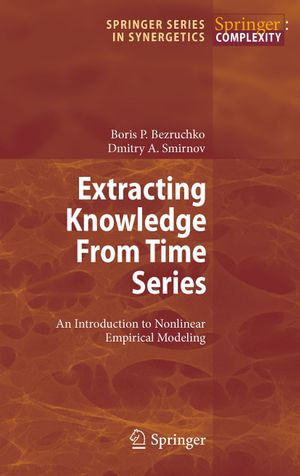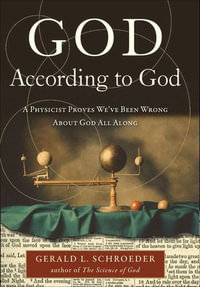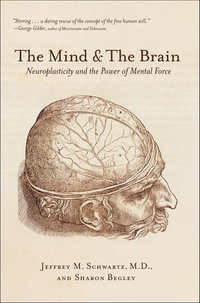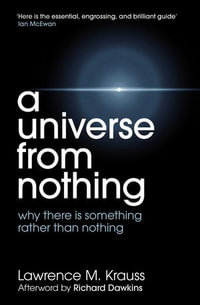
Extracting Knowledge From Time Series
An Introduction to Nonlinear Empirical Modeling
By: Boris P. Bezruchko, Dmitry A. Smirnov
eText | 5 September 2010
At a Glance
eText
$139.00
or
Instant online reading in your Booktopia eTextbook Library *
Why choose an eTextbook?
Instant Access *
Purchase and read your book immediately
Read Aloud
Listen and follow along as Bookshelf reads to you
Study Tools
Built-in study tools like highlights and more
* eTextbooks are not downloadable to your eReader or an app and can be accessed via web browsers only. You must be connected to the internet and have no technical issues with your device or browser that could prevent the eTextbook from operating.
ISBN: 9783642126017
ISBN-10: 3642126014
Series: Springer Series in Synergetics
Published: 5th September 2010
Format: PDF
Language: English
Publisher: Springer Nature
You Can Find This eBook In
This product is categorised by
- Non-FictionAccounting & FinanceFinance
- Non-FictionMathematicsOptimisationGame Theory
- Non-FictionMathematicsApplied MathematicsChaos Theory
- Non-FictionEarth Sciences, Geography, Environment, PlanningEarth Sciences
- Non-FictionEngineering & TechnologyEnvironmental Science
- Non-FictionSciencePhysicsApplied PhysicsGeophysics
- Non-FictionReference, Information & Interdisciplinary SubjectsResearch & InformationInformation theoryCybernetics & Systems Theory
- Non-FictionSciencePhysicsStatistical Physics
- Non-FictionEconomicsEconomic Theory & Philosophy
- Non-FictionEconomicsEconometrics

























